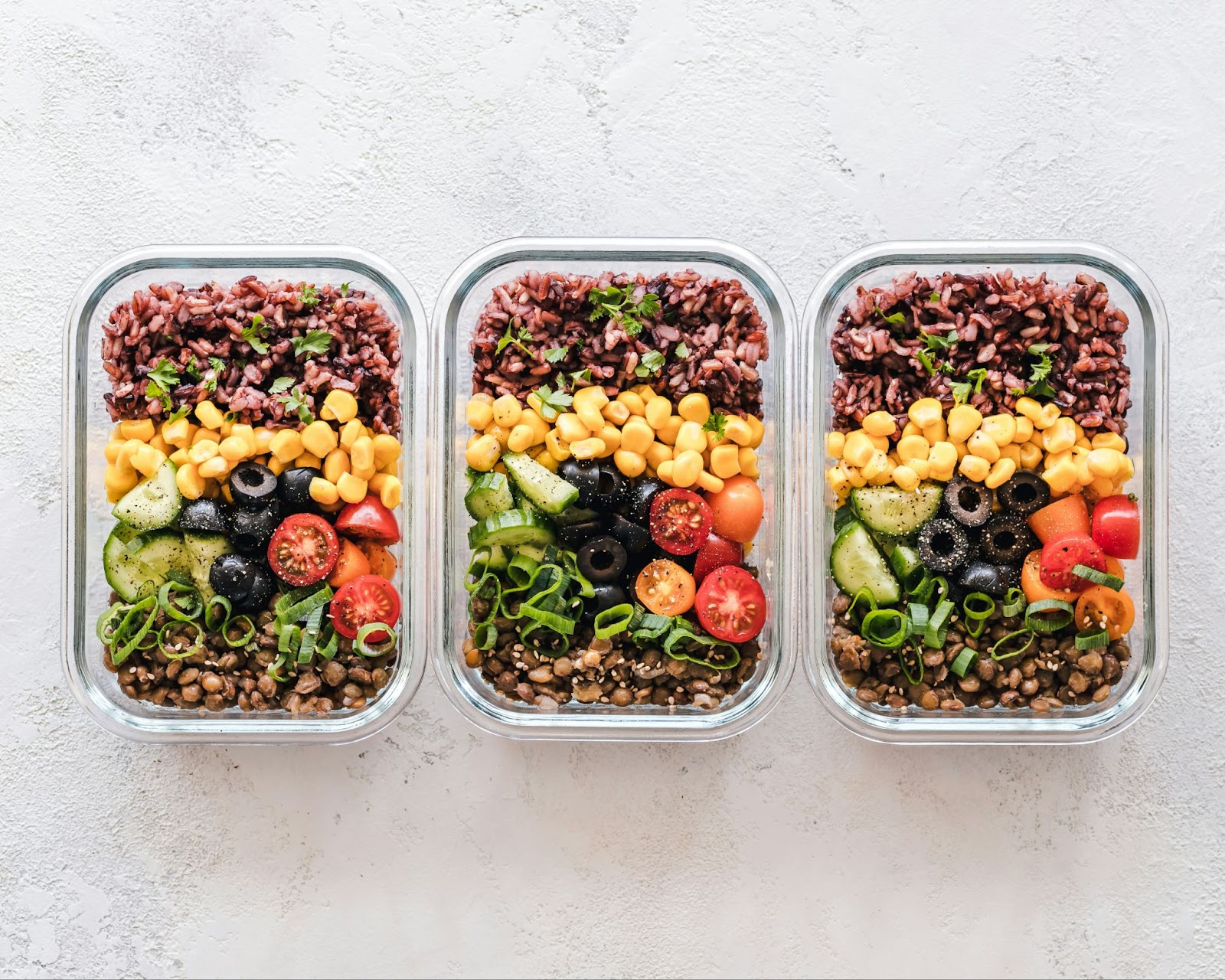The meal prep industry is evolving at breakneck speed, with consumer expectations shaped by convenience, cost sensitivity, and rapidly diversifying dietary needs. For entrepreneurs and operators, competitive benchmarking isn't just about keeping score—it's about identifying where you stand, spotting growth opportunities, and differentiating against both national giants and local rivals.
This guide provides an authoritative breakdown of the competitive landscape, key players, and strategic benchmarks that meal prep operators can use to sharpen their positioning. Whether you're growing your subscriber base, refining your pricing, or building a marketing edge, understanding these dynamics is critical.
What is competitive benchmarking in meal prep?
It's the process of systematically comparing your operations, pricing, and customer experience against the best in class—whether that's a billion-dollar brand like HelloFresh or the local service across town.
Why does it matter?
Because consumers today are overwhelmed with choice. They're comparing you against grocery delivery, takeout, and national meal kit brands. A clear benchmarking process helps you:
Think of it less as spying on competitors—and more as setting a performance yardstick for your business.

The competitive landscape splits into two primary buckets:
National Meal Kit & Meal Delivery Leaders
Local/Niche Meal Prep Operators
Opportunity Insight: National brands dominate search results and media coverage, but they often miss the specific needs of local families, diet-conscious professionals, and underserved demographics. That creates an opening for well-positioned operators who can lean into specialization and local engagement.
Pricing is one of the most scrutinized factors in decision-making. Research shows almost 47% of consumers cite cost as their #1 barrier to trying meal prep services (IJNRD).
Common Models in the Market:
Benchmark Tip: Compare your average cost per customer per week against both a national median and local competitors. If you're positioning premium, highlight portion size, ingredient sourcing, or nutrition coaching to justify the gap.

Most competitors follow one (or a combination) of these paths:
Gap Insight: Major review platforms (Good Housekeeping, CNET) only highlight one service per dietary need. There's a gap for businesses that go deeper and offer multiple meal lines to cover dietary nuances and family customization.
There are three primary categories of service in this market:
Delivery is another core battlefield. While national players partner with big logistics networks, local businesses often stand out through:
1. Segment Competitors by Category Group them into: national meal kits, prepared meal giants, and local operators.
2. Track Key Metrics
3. Evaluate Differentiators Which diet categories are underserved in your region? Is there unmet demand for sustainability or family customization?
4. Leverage Technology Bottle's platform equips operators with automated subscription management, local delivery integrations, and predictive growth reports—making it easier to benchmark fairly and scale profitably without sinking hours into manual reporting.
What is the biggest mistake operators make in benchmarking?
Comparing only price points and ignoring customer experience metrics (like ease of ordering, SMS engagement, and loyalty programs).
How often should I benchmark against competitors?
At least quarterly. The industry moves fast, and national players run constant promotions that change the value perception.
Is competing on price a viable strategy?
Not long-term. The winners usually compete on niche differentiation or operational efficiency, not lowest pricing.
How can smaller businesses win against billion-dollar meal kit brands?
By focusing on hyper-local advantages (faster delivery, local partnerships, flexible menu swaps), specialized diets, and tools that improve operational efficiency.

Benchmarking is not about copying your competitors—it's about learning where the market is headed, identifying where they fall short, and building a positioning strategy that highlights your strengths. Operators that consistently measure, adapt, and optimize will gain a lasting competitive edge in the booming $89B meal prep industry.
Ready to benchmark smarter and grow faster? Bottle gives meal prep entrepreneurs the tools, insights, and community support to not just keep up—but to win.
Book your free strategy session with a meal prep growth advisor. We’ll discuss:



Book a call with a Bottle Meal Prep Advisor